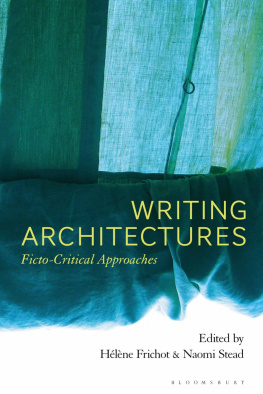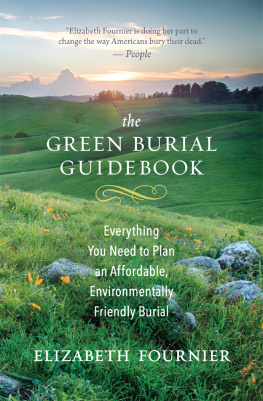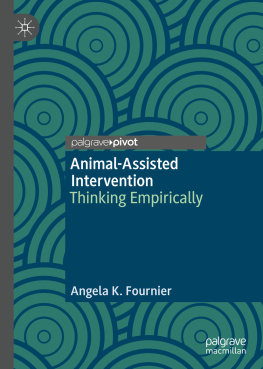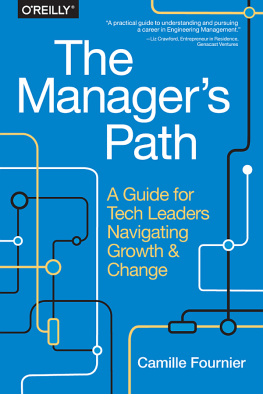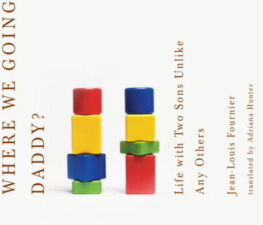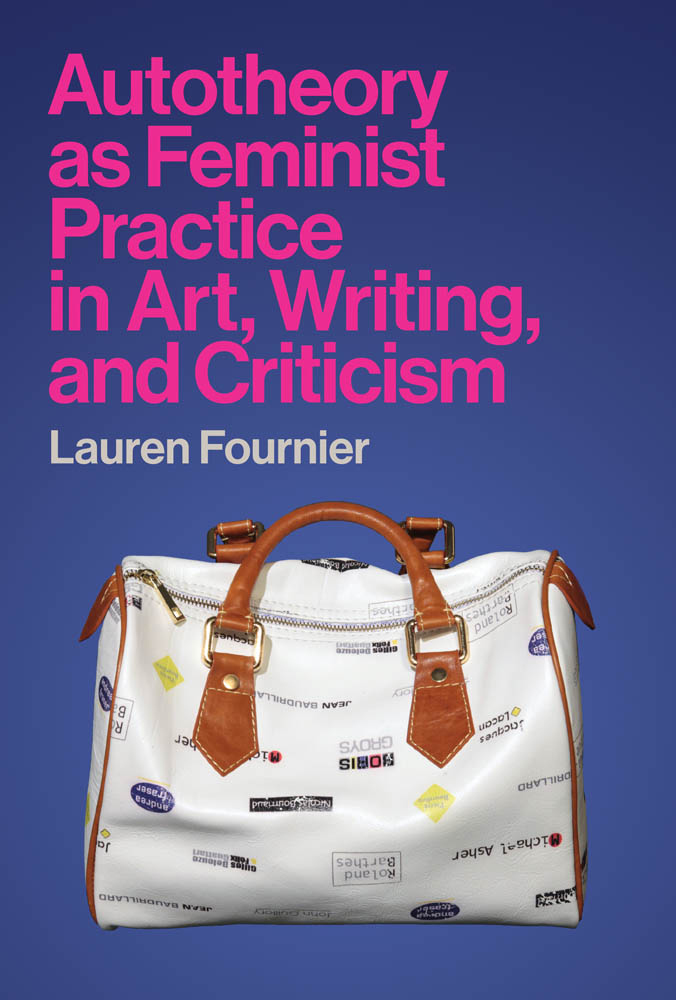ACKNOWLEDGMENTS
Writing this book would not have been possible without the love and support of my family and friends, as well as the rich, dynamic communities that I am humbled to be a part ofthe literary communities, art communities, feminist communities, queer communities, and academic communities. Thank you to Marcus Boon, Darren Gobert, and Shannon Bell for your sustained and sustaining work with me as I developed this research during my time as a doctoral candidate at York University. It was there, at that post-Marxist haven on the moon, where this research began.
A big thank you to Suzanne Zelazo and Jonathan Adjemian for your thoughtful editorial eyes, as well as Victoria Hindley, Gabriela Bueno Gibbs, and Deborah Cantor-Adams at the MIT Press for your keen editorial support.
Thank you to David Chariandy, Gabrielle Civil, Hazel Meyer, Letitia Calin, Annie Jael Kwan, Stacey Young, Alex Brostoff, Emily LaBarge, Justin Wolfers, Luce Irigaray, Valerie Walkerdine, Sarah Sharma, Jennifer Fisher, Erin Wunker, and many others, for our conversations in and around autotheory, and all of the artists and writers in this book for allowing me to write about and include gorgeous images of your work: including Sona Safaei-Sooreh, Cauleen Smith, Johanna Hedva, Moyra Davey, and Thirza Cuthand.
Thank you to Lisa Steele, Kim Tomczak, Rachelle Viader-Knowles, David Garneau, Sylvia Ziemann, Jeannie Mah, Ian-Carr Harris, Yvonne Lammerich, and Jeanne Randolph, for being some of my dearest mentors in the arts, with whom I spoke about this research and writing at different stages and whose company I cherish.
Thank you to MLA Chernoff, Eric Schmaltz, Christine Tran, Kaitlyn Boulding, Julia Polyck ONeill, Lucia Lorenzi, and a great many others, who build me up as part of my community of poets and literati misfits, and who inspire me to keep writing and reading my work aloud.
Special shout-outs also to Andrea Creamer, Chief Lady Bird, Jaclyn Bruneau, Daniella Sanader, Amber Christensen, Allyson Mitchell, Deirdre Logue, Jen Macdonald, Ted Whittall, Gabe Levine, Sarah Brophy, Roc Han, and John G. Hampton. To my family, biological and chosen: Sara Mulligan, Ryan Mulligan, Nora Mulligan, Ray Fournier, Lori Fournier, Bernie Bey, Melodie Kline, and Robin Low.
Thank you, finally, to Lee Henderson, who was my rock and confidante during my entire journey with this book, and who continues to be closer-than-family-forever. I love you. And to everyone else, who I could not include in this limited space: thank you. For all the ostensibly solo time it takes to write a book, authorship is by no means an isolated pursuit. A big thank you to the Social Sciences and Humanities Research Council (SSHRC) for funding this research and to the American Comparative Literature Association, the Modern Language Association, and the Royal College of Art in London for hosting me at your conferenceswhere I refined these ideas on the autotheoretical impulse in dialogue with others.
I would like to acknowledge the very specific places where I wrote this book, embodied as I am in a particular space and time, and living as a white settler on colonized lands. I began writing this book on the traditional, ancestral territories of many nations including the Mississaugas of the Credit, the Anishnabeg, the Chippewa, the Haudenosaunee, and the Wendat peoples, writing in a shared studio apartment right on Yonge Street in downtown Toronto, just on the edges of the Church-Wellesley Villagea queer (in many senses of the term) context that indelibly shaped this work. I continued to write and finish this book while living back home on Treaty 4 lands, Saskatchewan, in a small prairie city called Reginaa place that the nhiyawak have referred to as oskana k-asastki, Cree for the place where bones are piled up (pile o bones). These lands, to which I am the most tied and with which I am the most familiar at this point in history, are the territories of the nhiyawak (Cree), Anihinpk (Saulteaux), Dakota, Lakota, and Nakota (Assiniboine), and the Mtis/Michif.
INTRODUCTION
AUTOTHEORY ASFEMINIST PRACTICE
History, Theory, Art, Life
Theory itself is often assumed to be abstract: something is more theoretical the more abstract it is, the more it is abstracted from everyday life. To abstract is to drag away, detach, pull away, or divert. We might then have to drag theory back, to bring theory back to life.
Sara Ahmed,Living a Feminist Life
My whole problem with theoretical structures has to do with their displacement of physicality, as if there is a seepage or a toxicity from the experience of the body that is going to invade language and invalidate theory.
Carolee Schneemann,Imaging Her Erotics
THE PROJECT OF THE BOOK
This book offers an interdisciplinary historical framework for understanding autotheory, one attuned to its long-standing ties in feminist practices across media and form. With an approach that is itself at times autotheoretical, I provide a working history and theory of the autotheoretical impulsemoving among close reading, feminist analysis, self-reflective anecdotes, and reparative forms of critique. I consider the present-day politics, aesthetics, and ethics of the autotheoretical turn in culture, looking at the tensions that arise between intersectional, transnational feminisms, on the one hand, and advanced late capitalism and neoliberal imperatives surrounding the self on the other. Extra-institutional and, perhaps, extradiscursive, autotheory has the potential to become the next big turn in visual culture and literary studies. But why autotheory, and why now?
Even in its literary and text-based forms, autotheory draws much from histories of contemporary art, including conceptual art, video, film, and performance. Terms like performative philosophy and conceptual criticism point to a grounding in transmedial art histories, while fictocriticism and autofiction point to the literary histories of the autotheoretical impulse. Other terms, such as performative autoethnography, point, curiously, to roots in anthropology. In this book, I extend the emergent notion of autotheory to a consideration of contemporary art across media, looking to a longer history of post-1960s practices, including conceptual art, video art, body art, film, and performance, along with experimental writing, literary art, and criticism. From this perspective, autotheory is transmedial, taking shape across formsfrom the personal essay, new journalism, and creative nonfiction to the expanded field of art writing and criticism, confessional feminist memes and performance for the camera, and film and television.


